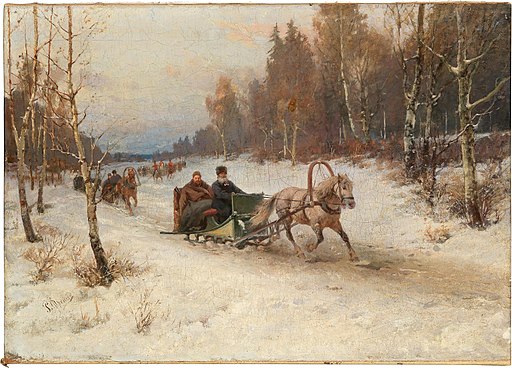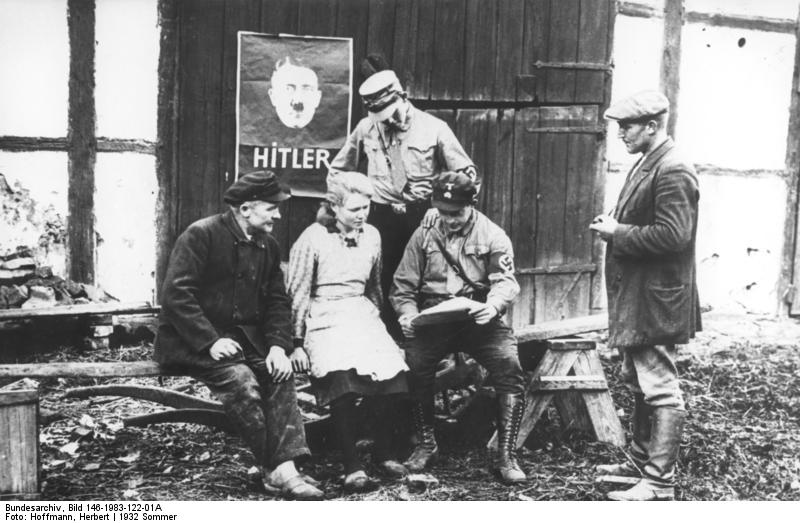All We Want for Christmas
Certainly it can be necessary at times to replace broken or malfunctioning stuff, and the occasions for doing so with electronic devices like computer printers seem to pop up more frequently with each passing year. Any other reason, such as an obsessive desire for acquiring the latest and greatest, seems suspect, maybe not to the person doing the acquiring, but perhaps to observers. Some of those observers may even be the recipients of a latest and greatest type of largesse at Christmas.
A routine from George Carlin’s appearance at Comic Relief USA in 1986. What makes this piece poignant satire is Mr. Carlin’s presentation of it at a charity event focused on helping the homeless, who of course have very little stuff. Warning: foul language.
Do they need more stuff? Maybe not. Do they want more stuff, or stuff of better quality than their current stuff? Maybe. When it comes to pricey electronics particularly, most of which are troublesome to recycle or to dispose of responsibly, maybe it’s best to ask before giving, or to buy something else altogether. Marketers of electronic products won’t like to hear of that sort of attitude, but who cares what they think? Their only interest is in generating excitement about the latest developments in their products, and if that leads to multitudes of genuinely unnecessary purchases of new products and dumping in landfills of products only a few years old, well then that’s none of their concern as they see it. It’s nice to have good things that work well, and even nicer to understand that is enough.
— Techly 








